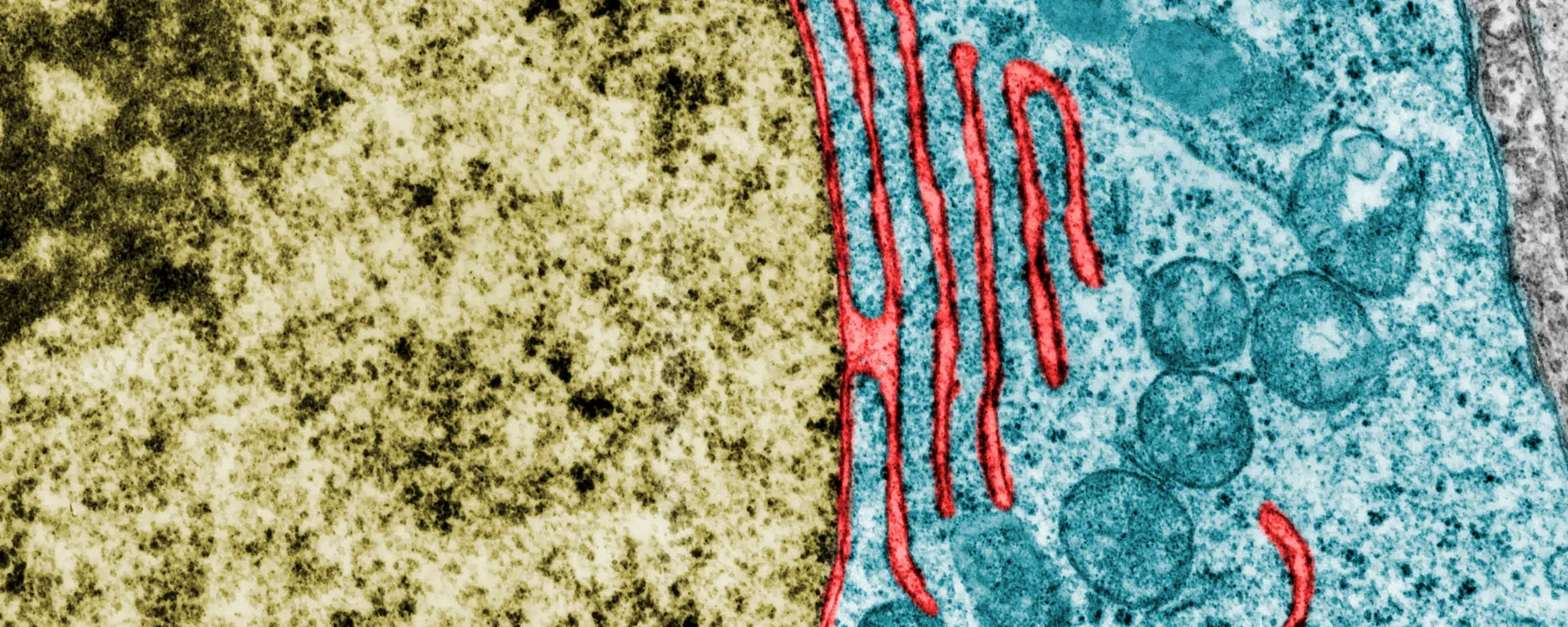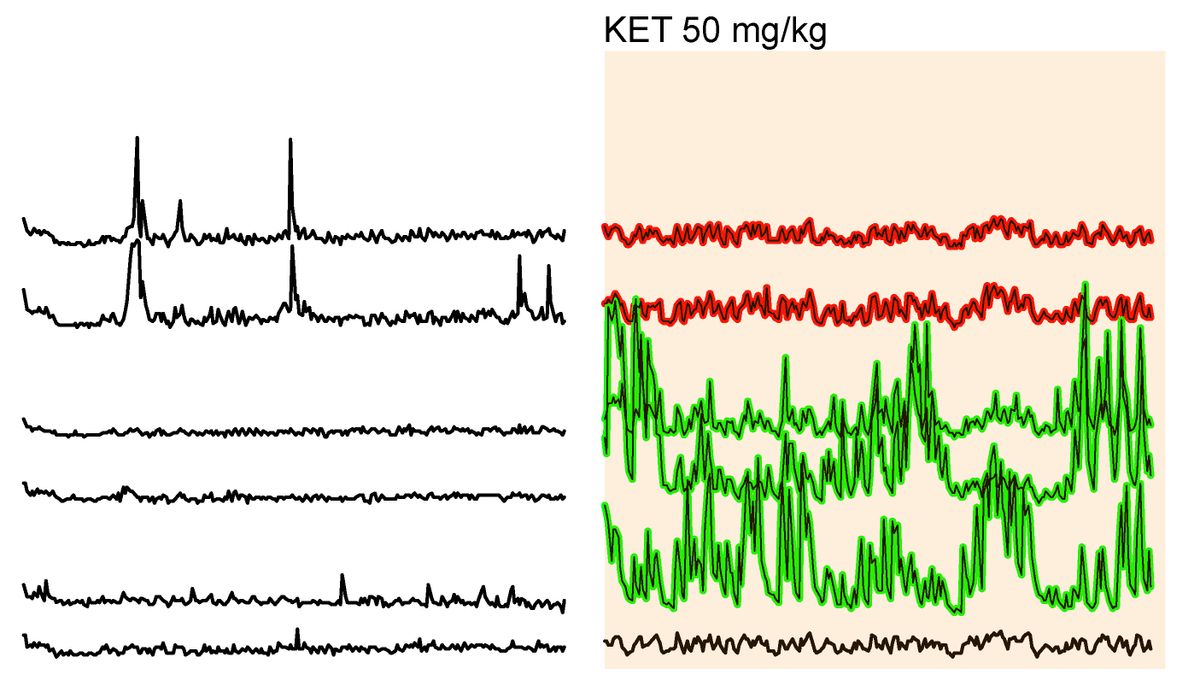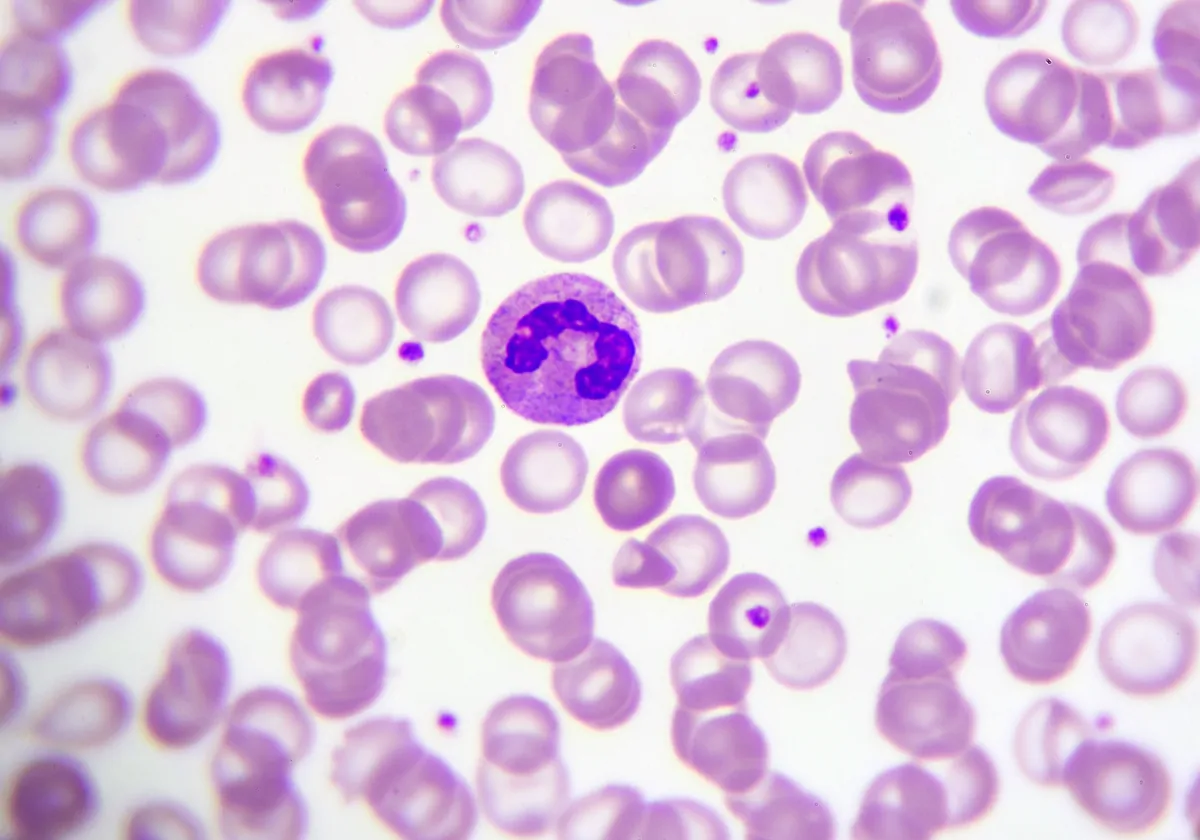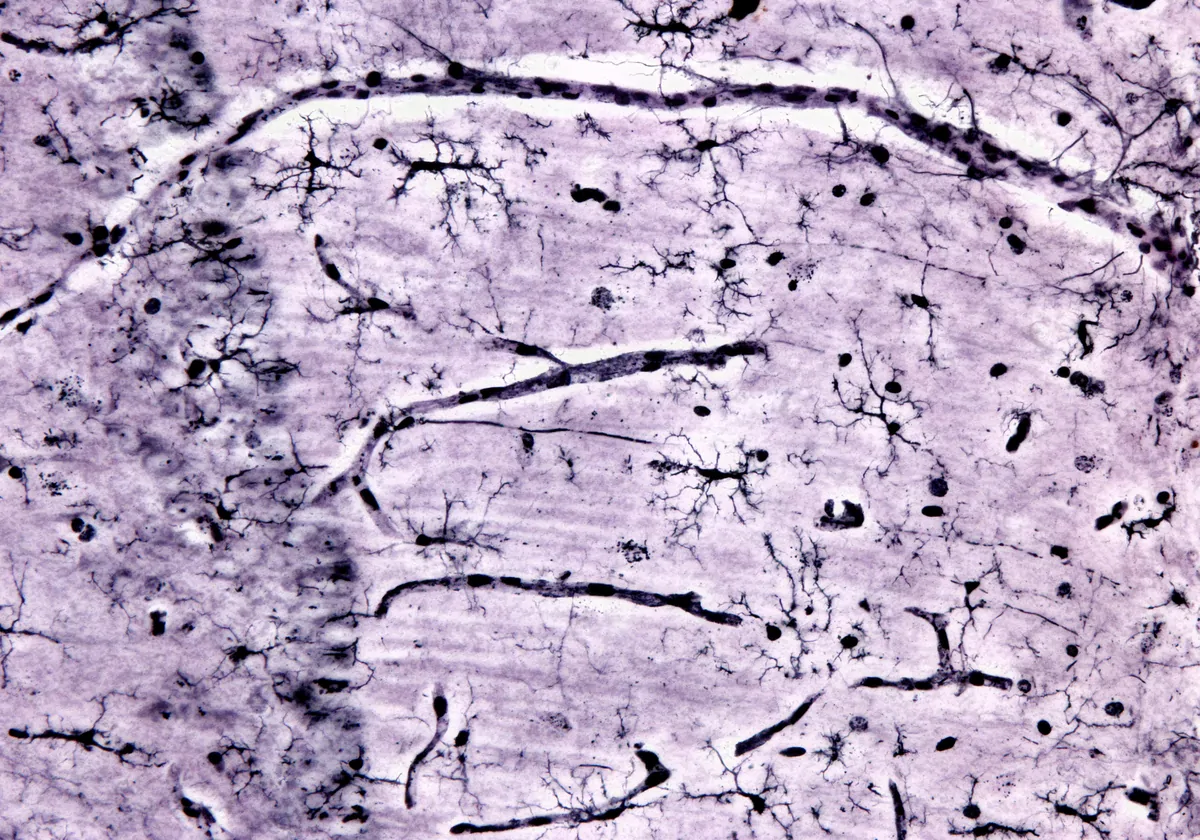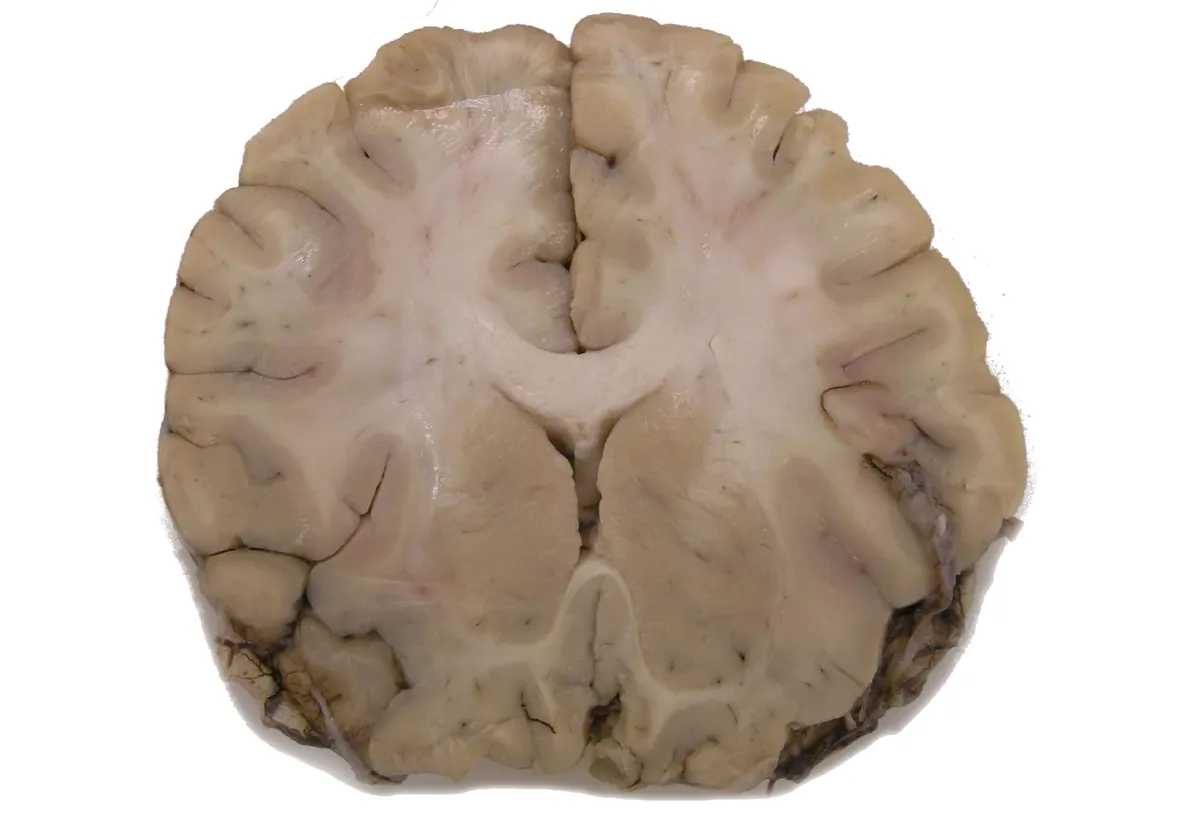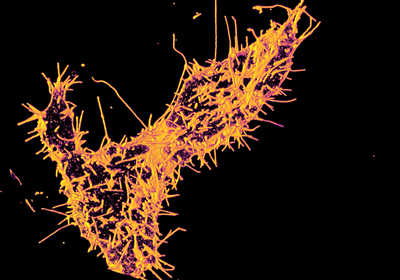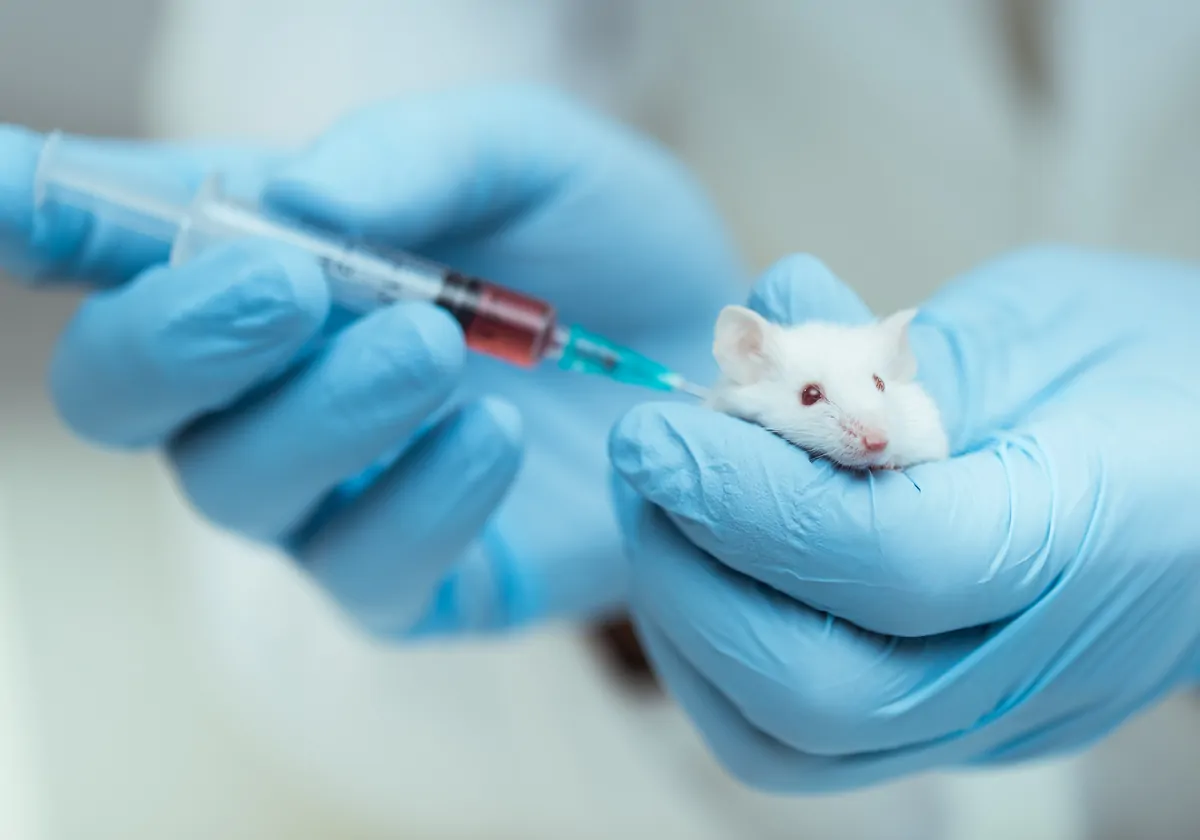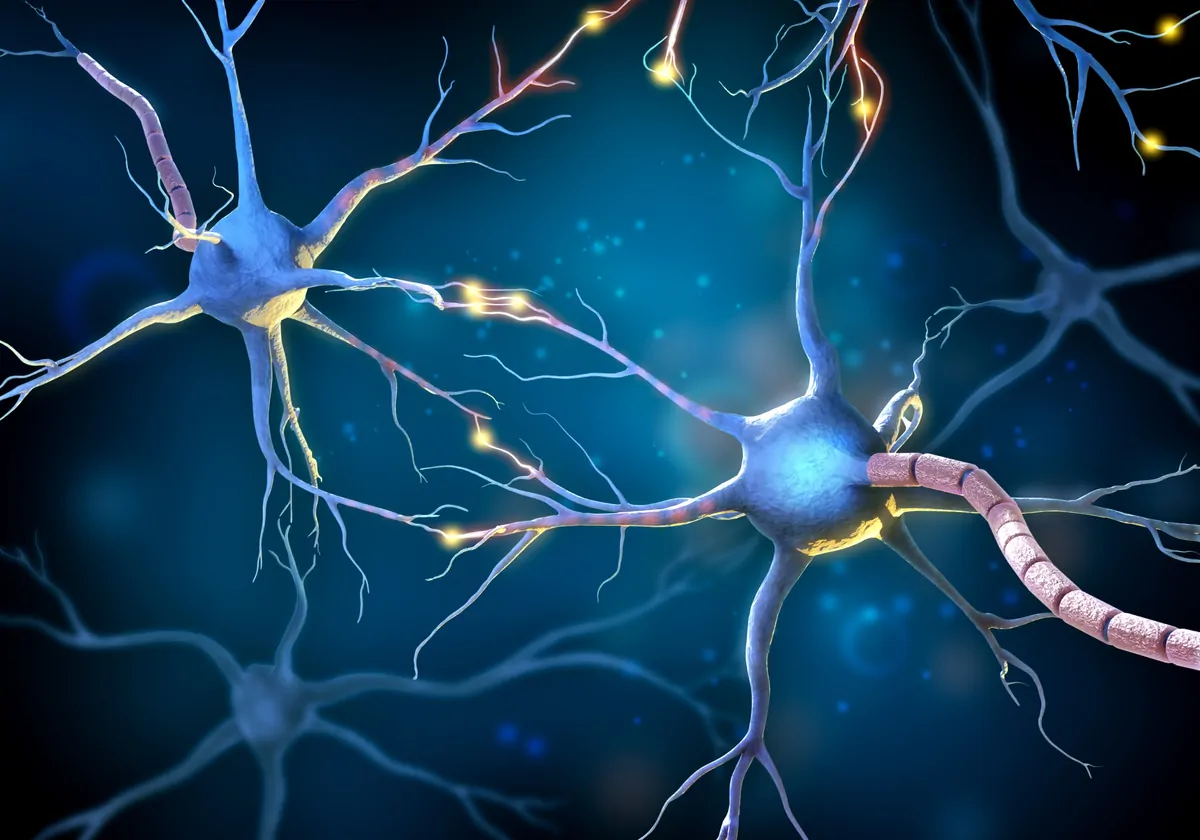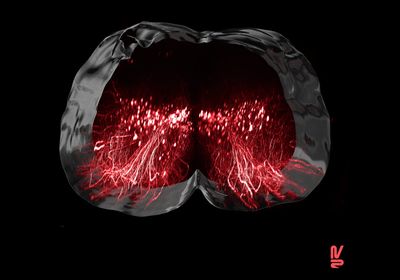The discovery of gene variants in cases of hereditary spastic dysplasia could provide a diagnosis to affected families where no genetic cause could be found before.
EDITOR’S CHOICE IN CELL BIOLOGY
Geneticists Emma Baple and Andrew Crosby previously discovered mutations in more than 15 genes that cause hereditary spastic paraplegia (HSP)—a group of rare inherited disorders characterized by leg muscle weakness and stiffness. Recently, the University of Exeter duo identified new variants in yet another gene called TMEM63C in seven patients from three affected families.
Nobody knew what the TMEM63C protein did inside cells, but the researchers had a hunch. Their previous work suggested that cellular pathways involved in processing fat molecules may be a common factor underlying HSP and related motor neuron diseases. “Lo and behold,” says Baple, the TMEM63C protein was located “exactly where we’d expect to find it if it was involved in those lipid metabolism processes”: in the endoplasmic reticulum (ER), the cellular hub for protein packaging, as well as at sockets where the ER joins with mitochondria to exchange lipids. Both organelles became misshapen in cells engineered to lack TMEM63C, which also suggests that the protein helps shape organelle morphology.
The next step, Baple adds, is to confirm if, and how, the protein is involved in lipid processing, and if cells from people with HSP are deficient in the protein. In the meantime, identifying these gene variants “brings immediate diagnostic benefits” to affected families, Crosby tells The Scientist.
Kishore Kumar, a neurogeneticist at the Garvan Institute of Medical Research in Australia, says the discovery is “one more piece in the [HSP] puzzle” that could help diagnose previously unexplained cases. More than 80 mutated genes have been identified in HSPs, making this one of the most genetically heterogenous inherited diseases. Kumar says larger cohorts of patients should be screened to determine how frequent TMEM63C mutations are. They’re likely to be fairly rare, he says, “but we just don’t know yet.”
L.C. Tábara et al., “TMEM63C mutations cause mitochondrial morphology defects and underlie hereditary spastic paraplegia,” Brain, awac123, 2022.

